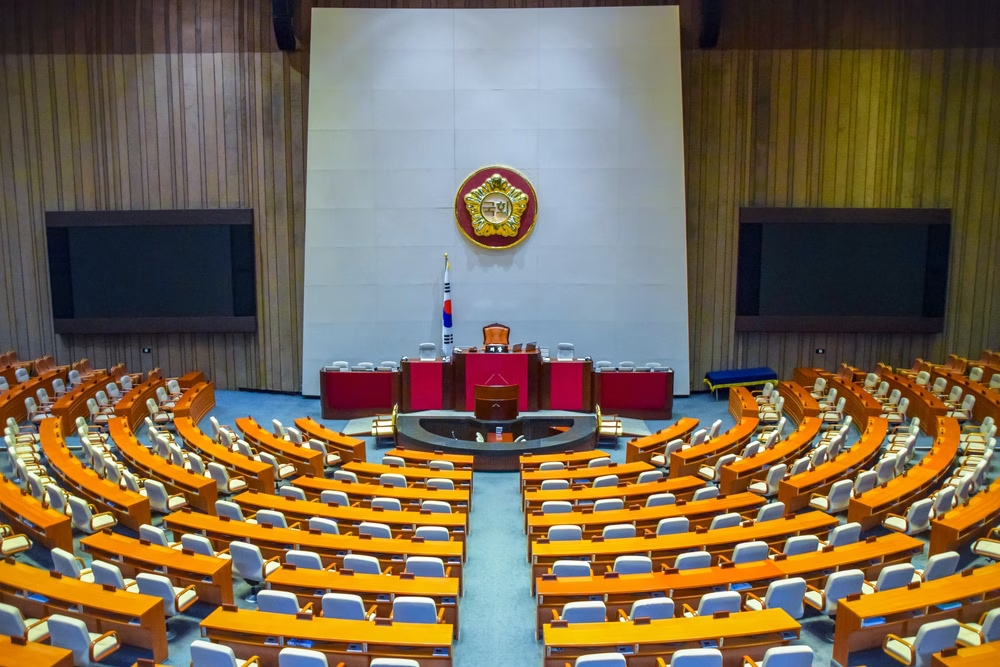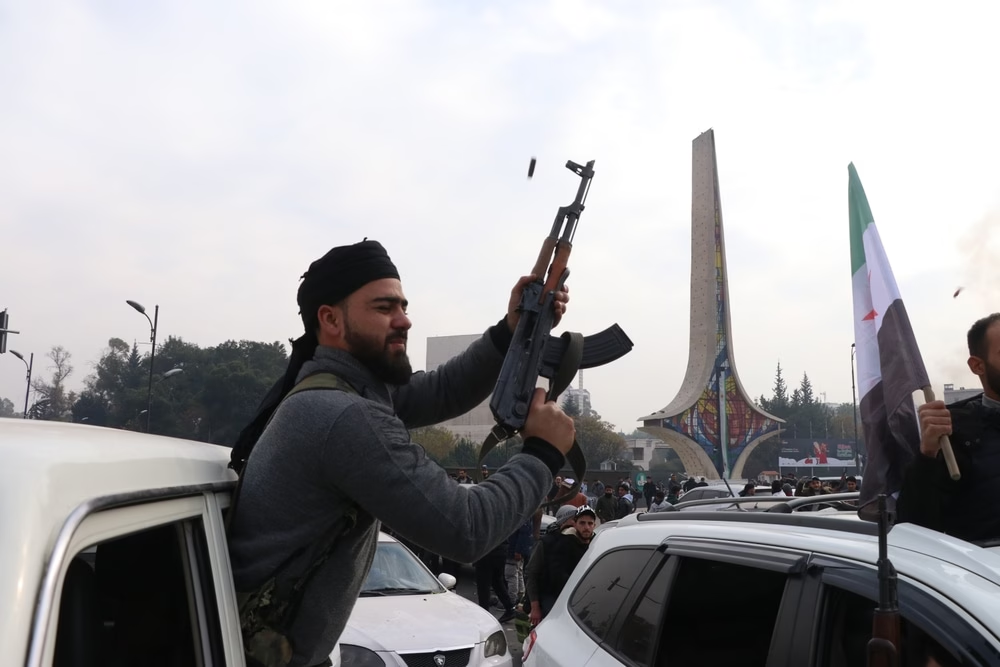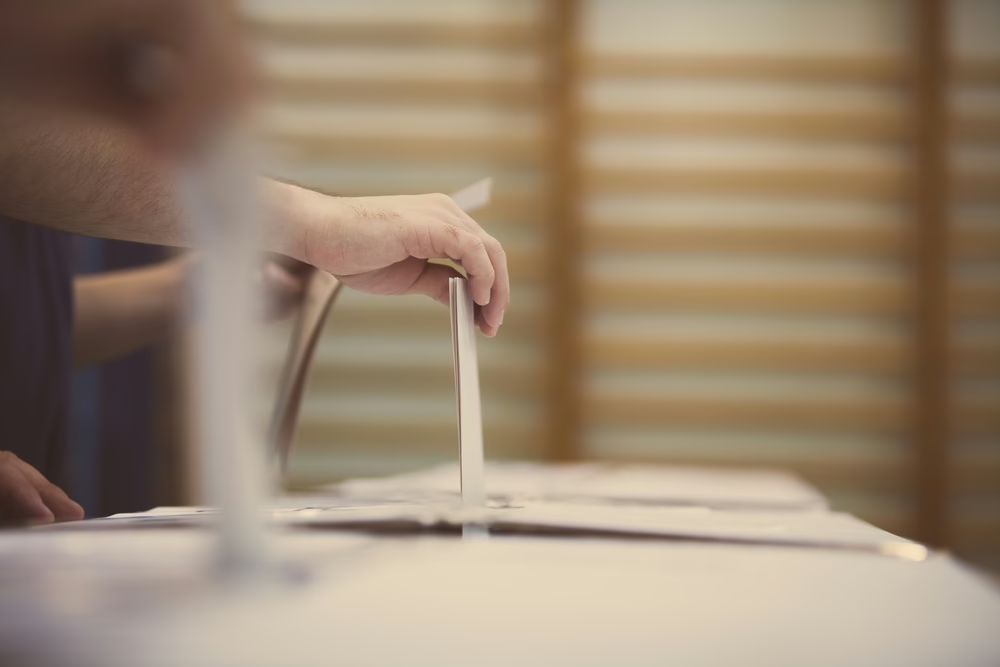Plot to Kidnap Michigan Governor Foiled by FBI
On Thursday, October 8th, the FBI revealed that it had thwarted an attempt by far-right domestic terrorists to kidnap Gretchen Whitmer, the Democratic Governor of Michigan. The DOJ and state of Michigan have charged thirteen individuals across two domestic terrorist cells.
FBI informants began tracking these domestic terrorists in Michigan after they plotted to assassinate law enforcement officers in March. Then, in June, after state governments implemented coronavirus quarantine measures, members of self-styled ‘militia groups’ from four or five states met in Dublin, Ohio, to plot the kidnapping and assassination of prominent Democratic governors. The plotters ultimately aimed to start a second civil war in America.
One ‘militia’ member then returned to Michigan and recruited accomplices. He met one at a ‘gun rights’ rally at the state capital, where right-wing demonstrators carried signs with death threats for the governor. The co-conspirators surveilled the Governor’s summer home, trained, and mapped out bridges in the neighborhood to detonate on the night of the attack in order to slow down any law enforcement response. When the terrorists raised $4,000 to buy explosives, the FBI arrested them.
FBI agents have since revealed that the same domestic terrorists who gathered in Ohio also discussed kidnapping Ralph Northam, the Democratic Governor of Virginia.
1. What role did Facebook play in this incident?
Facebook has become a host for extremist groups. In this case, a leading ‘militia’ member recruited and motivated others by posting radicalizing videos to a private Facebook group. The militia members also recorded and uploaded training sessions where they taught others how to wield firearms and create makeshift IEDs.
This incident is just the latest in a troubling trend. In August 2020, after the police shooting of Jacob Blake, ‘militia groups’ organized armed patrols of Kenosha, Wisconsin on Facebook. The 2017 neo-Nazi rally in Charlottesville was organized as a Facebook event. And Facebook allowed QAnon groups to reach millions of Americans before ultimately banning them.
Most troublingly, Facebook not only hosts extremist groups but may unintentionally encourage their activity because the website’s algorithms indiscriminately promote related content. For example, someone predisposed to conspiracy theories may receive suggestions for fringe ideas and groups which they might not otherwise have heard of, like QAnon or anti-vaxxer ideology. This way, Facebook’s algorithm helps extremists further radicalize themselves and coordinate with peers.
2. What does this incident say about our democracy?
Of course, left-wing extremists are also capable of political violence. In 2017, a lone gunman shot at Republican politicians while they were practicing for the Congressional Baseball Game. And we have seen ‘anti-fascist’ violence in America over the past several months.
But partisan violence has become a disturbing fact of American far-right politics. Young––predominantly white––men radicalize themselves online, adopt a conspiratorial worldview, and attempt violence against those who disagree with them politically. It is particularly striking that this radicalization and recruitment process closely imitates that of ISIS and Islamic terror groups.
Speaking after the assassination plot was uncovered, Gov. Whitmer said in an ABC News interview: “These are the types of things you hear from groups like ISIS. This is not a militia; it is a domestic terror organization.”
___
Situation Continues to Deteriorate between Armenia and Azerbaija
A decades-old conflict sparked into life once again in Nagorno-Karabakh. On the morning of September 27, Armenia and Azerbaijan found themselves in a familiar scene, fighting over disputed territory. Unfortunately, this time it’s threatening to spiral out of control. More than 500 soldiers and civilians have already been killed, cities in Nagorno-Karabakh and Azerbaijan proper have been shelled, tens of thousands have been displaced, and Turkey has brought in mercenary fighters from the Middle East to fight on behalf of Azerbaijan. There was hope of de-escalation this weekend after Russia brokered a temporary ceasefire agreement between the two countries, but both Armenia and Azerbaijan violated the agreement within minutes of it coming into effect.
Armenian Prime Minister Nikol Pashinyan suggested that he is willing to make concessions at the negotiating table, but only if Azerbaijan does the same, saying: “Nagorno-Karabakh is ready, and Armenia is ready, to mirror the concessions that Azerbaijan is ready to make.”
1. What is Nagorno-Karabakh, and why are they fighting over it?
Nagorno-Karabakh (known to Armenians as Artsakh) is a mountainous region inside the legal borders of Azerbaijan that is populated by, and under de-facto control of, ethnic Armenians. The question over who should rule it is one of the longest frozen conflicts in the world. After the Red Army took over the Caucasus in the 1920s, the territory was given to Azerbaijan. When the Soviet Union began to collapse, the question of Nagorno-Karabakh’s future came into question, and war erupted in the region. That war killed some 30,000 people and displaced hundreds of thousands more, but it brought the region under Armenian control. Since the 1994 ceasefire, the Minsk Group, orchestrated by the Organization for Security and Co-operation in Europe (OSCE), has sought to resolve the dispute peacefully, without success. Skirmishes happen every so often, and both countries waged a small war in 2016, known as the “Four-Day War”, but the status-quo has basically stuck since 1994.
2. What’s different now, and what, if anything, is the US role?
The biggest difference now is that Turkey has inserted itself into the situation, encouraging Azerbaijan to escalate the situation further. Smaller clashes between Armenian and Azerbaijani soldiers took place in July, and were followed shortly after by joint military exercises between Turkey and Azerbaijan. Turkey itself is becoming increasingly adventurous in the region, getting involved in this conflict, the Syrian civil war, Libya, and facing off with European countries in the Mediterranean. Experts say Turkey is doing so because it wants to be a major player in the region and reassert itself on the global stage.
The situation is further complicated by a mutual defense pact between Armenia and Russia, which would technically oblige Russia to intervene, should Armenia’s legal territory be violated. With Turkey involved, it could place Russia in direct conflict with a NATO member.
Among the uncertainty, president Trump has been virtually silent. Whatever the reason for his silence, American absence on the global stage invites bad actors to take advantage of the vacuum left behind. History professor, Rebecca Shimoni-Stoil, argues that without proper diplomatic intervention, small, seemingly provincial conflicts like this have the possibility to grow into broader regional ones. Turkey, Russia, and Iran all have ulterior motives in Nagorno-Karabakh, which is why the United States should spearhead a diplomatic solution. A full-blown war in Nagorno-Karabakh risks all of the progress that Armenia and Azerbaijan have made since their independence, an immense human cost, and even ethnic cleansing.
“Democracy for President” Seeks to Facilitate Meaningful Discussion
National political tensions are at an unprecedented high in recent memory. A staggering 71% of Americans are worried about the risk of widespread violence after the announcement of the results of the 2020 Election. 4 out of 5 say that “Americans being pitted against each other” is a threat to our democracy.
In response to these serious issues, the nonpartisan nonprofit More in Common recently launched a new initiative aimed at easing Americans’ concerns about national politics. The project, called Democracy for President, consists of a report and an interactive website aimed to equip visitors with the tools and knowledge to have civil, informed discussions about common concerns surrounding the 2020 Election. One of the organization’s key insights is that speaking about national political issues through a local lens is an effective approach, as only 10% of Americans say their local communities are politically “very divided” (as opposed to 58% about the country as a whole) and trust in local officials is substantially higher than trust in national politicians.
The website provides a series of guides on how to talk about hot-button issues like “Is Mail-In Voting Secure?,” “Can We Trust the Outcome of the Election?,” and “How Do I Talk About Violence and the Election?”. On each topic, More in Common provides clear, concise answers to relevant frequently asked questions, as well as specific discussion tips. The hope is that readers will be able to talk about these heated political subjects with friends, family, and colleagues in an empathetic, engaging way.
The communication approaches More in Common suggests in their discussion guides are based on tests the organization conducted on 2,000 Americans across the political spectrum. In general, they found that the messages that resonated most with this audience:
- Were framed using shared values (e.g. “I know we both ultimately want a free and fair election…”)
- Emphasized local issues and communities (e.g. “The election officials that will be counting our mail-in ballots are our neighbors and friends, and will specifically be doing X and Y to ensure that the process is safe.”)
- Acknowledged and respected different opinions (e.g. “I understand your concerns about mail-in voting, and see why you could think there’s the potential for fraud, but personally I was really convinced by the argument that…”)
1. How can I do my part to reduce political polarization?
For starters, read Democracy for President’s discussion guides and talk with those with whom you politically disagree. If you would like additional guidance, More in Common created a document with advice on speaking with others who have different views. Try to approach these conversations from a place of understanding rather than with an adversarial attitude, as others are more likely to listen to people willing to listen to them.
If you want to do even more, you can use templates included on the Democracy for President resources to write an opinion article or take these additional steps that researchers from Carnegie Endowment for International Peace suggest are effective, including being willing to challenge your own political party.
In a contentious environment in which the derision and vilification of those with whom we politically disagree is pervasive, Democracy for President is a welcome call for empathy and reasoned discussion.






